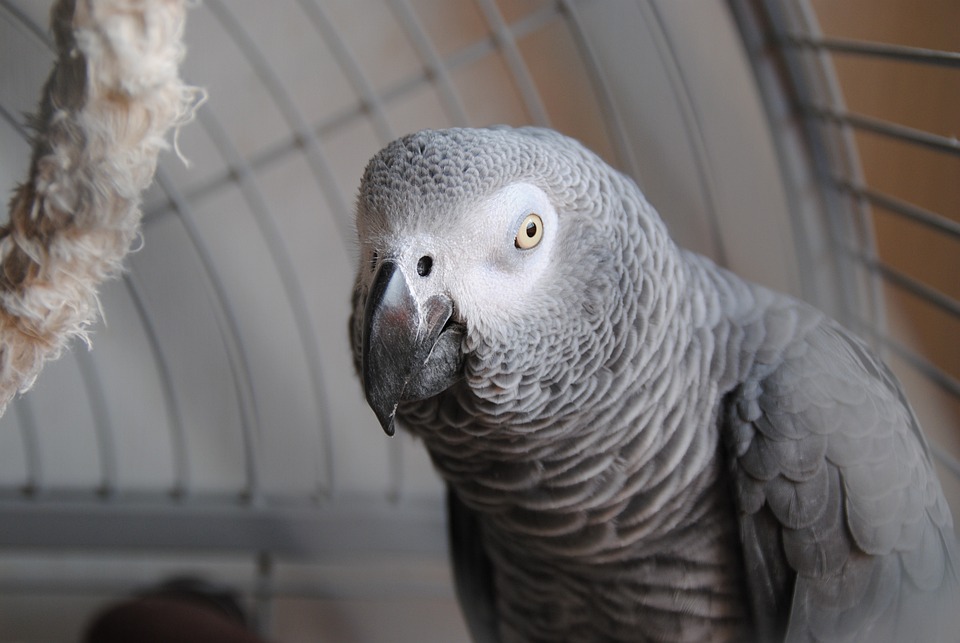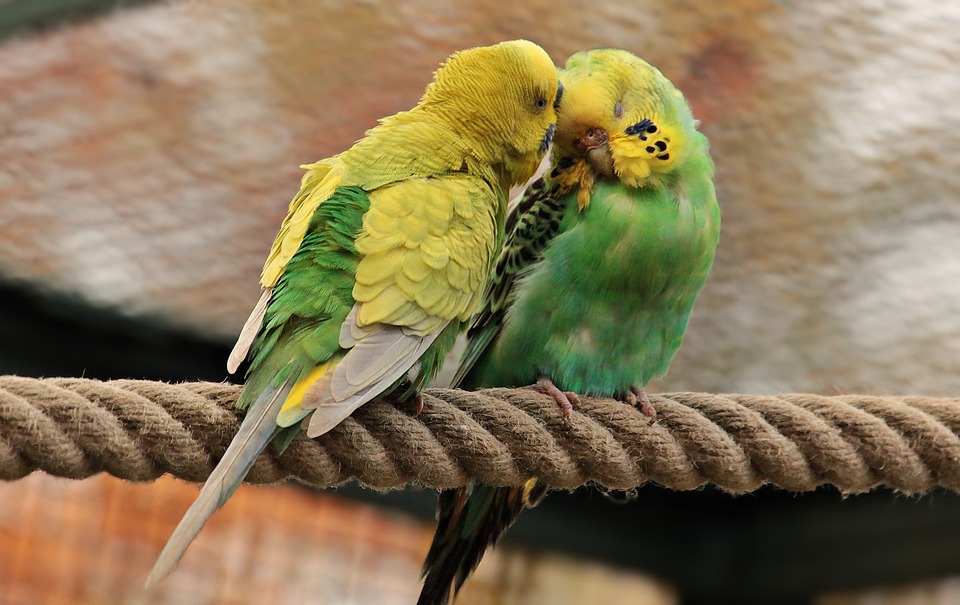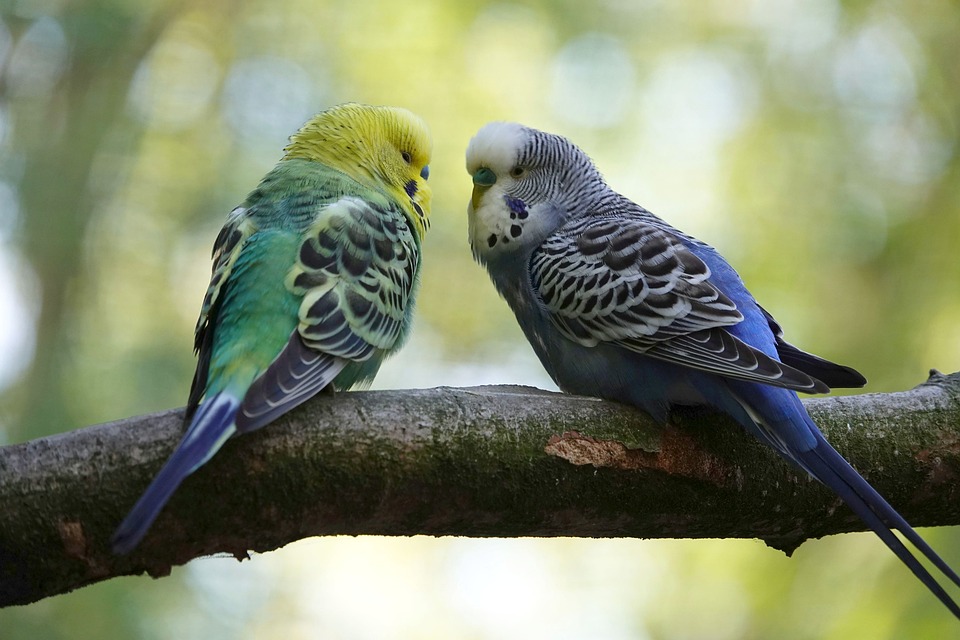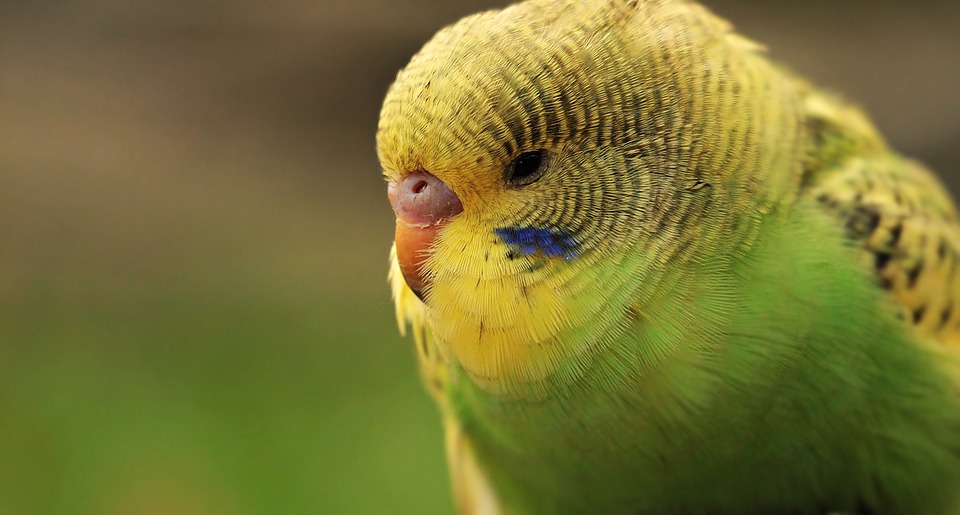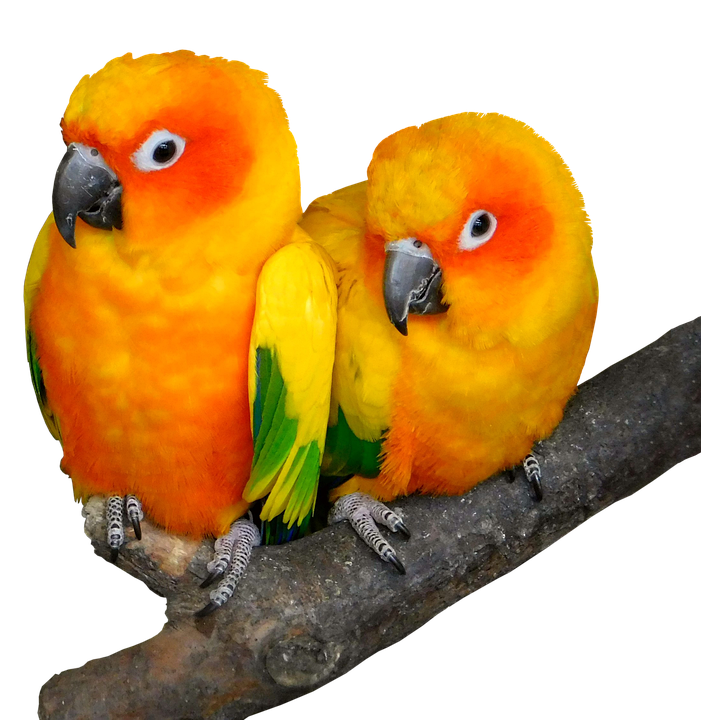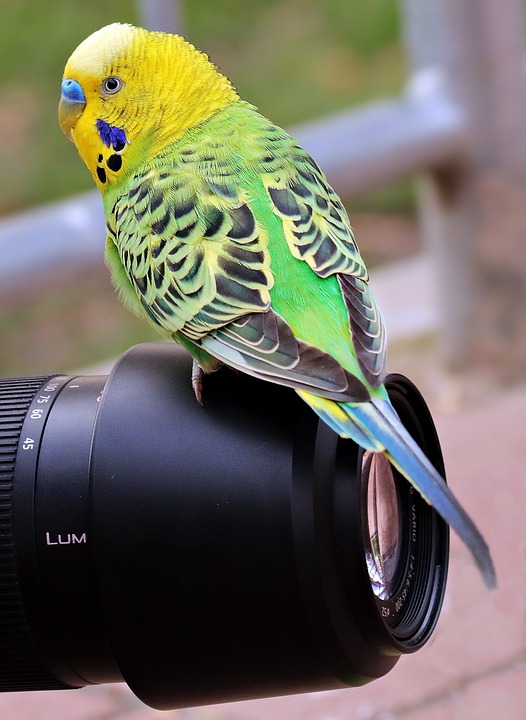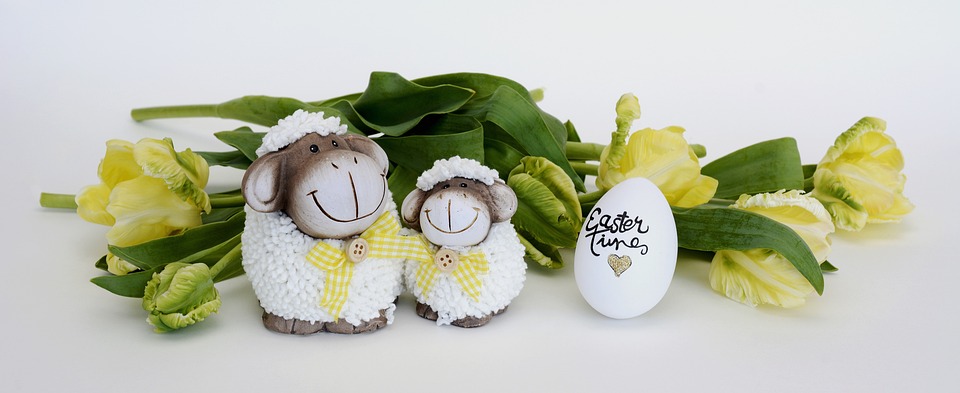Training your parrot to respond to verbal cues is an essential part of building a strong bond with your feathered friend. In this article, we will explore effective techniques to encourage parrots to understand and react to verbal commands. We will also address common FAQs related to parrot training.
A fundamental aspect of training parrots to respond to verbal cues is understanding their natural communication methods. By comprehending their body language, vocalizations, and unique behaviors, you can establish a strong foundation for effective training. This understanding will help you decipher their responses and adjust your training methods accordingly.
Before embarking on verbal cue training, it is crucial to establish trust and build a strong bond with your parrot. Spend quality time with your parrot, create a nurturing environment, and use positive reinforcement techniques to foster trust and strengthen your relationship. This will create a safe and comfortable atmosphere for your parrot to learn and respond to your verbal cues.
Choosing appropriate verbal cues is vital for successful training. Select clear, concise, and distinguishable cues that your parrot can easily recognize and respond to. Consistency and repetition are key in reinforcing these cues, so make sure to use the same cues consistently to avoid confusion.
Parrots are highly perceptive to human emotions and respond well to enthusiastic and animated interactions. Use voice modulation, tone, and enthusiasm to capture your parrot’s attention and motivate them to engage in verbal cue training. Your excitement and positive energy will encourage your parrot to participate and enjoy the training sessions.
Positive reinforcement is an effective method to encourage parrots to respond to verbal cues. Clicker training, offering treats, and showering praise are all effective techniques that can reinforce desired behaviors and facilitate faster learning. Use these techniques consistently and reward your parrot for correctly responding to your verbal cues.
Parrot training requires patience and a gradual progression of difficulty. Start with simple cues and gradually advance to more complex commands. Be patient with your parrot and understand that learning takes time. If you encounter any challenges or your parrot doesn’t respond to verbal cues, reassess your approach and seek guidance from an avian behavior specialist if needed.
Now let’s address some frequently asked questions regarding parrot training and verbal cue responses:
1. Can all parrot species be trained to respond to verbal cues?
While most parrot species can be trained, some may have a better aptitude for learning verbal cues than others. It is important to understand your specific parrot’s abilities and limitations.
2. How long does it typically take for a parrot to respond to verbal cues?
The time required for a parrot to respond to verbal cues varies depending on factors such as the parrot’s age, previous training, and individual temperament. Patience and consistency are key in training your parrot effectively.
3. What should I do if my parrot doesn’t respond to verbal cues?
If your parrot doesn’t respond, reassess the clarity of your cues, your training approach, and environmental distractions. Adjustments may be necessary, and seeking guidance from an avian behavior specialist can be beneficial.
4. Are there any potential harm in using excessive force or punishment during training?
Using force or punishment can damage the trust and bond with your parrot and may lead to fear or aggression. Positive reinforcement techniques are always recommended to ensure a positive and enjoyable training experience for both you and your parrot.
In conclusion, training parrots to respond to verbal cues is a rewarding experience that deepens the bond between you and your feathered companion. Understanding their communication, building trust, and employing positive reinforcement techniques are key to successful parrot training. Remember to be patient, consistent, and loving in your training approach, and enjoy the journey of training your parrot to understand and respond to your verbal commands.

